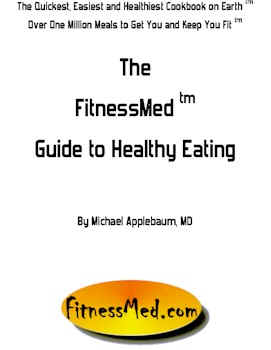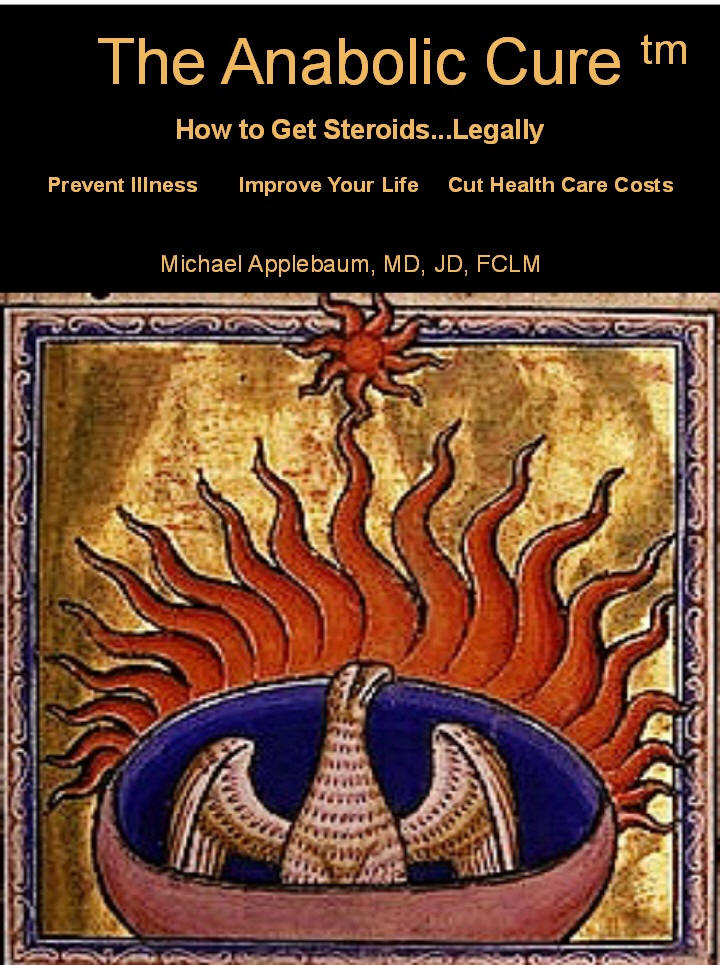There was a point in the not-so-distant past when gas stations sold gas, not soft pretzels. Gyms had water fountains, not vending machines, and food trucks were parked at carnivals, not around every corner. Today, roughly a quarter of the calories in the American diet come from snacks, according to a study published in The Journal of Nutrition. And that figure has jumped 41 percent in the past 20 years.It is all about Calories in vs. Calories out.
Satisfy cravings for less than 100 calories
"Everyone is constantly eating, especially foods that are convenient to buy and hold," says Phil Lempert, a food-industry analyst in Santa Monica, California. And you guessed it: Those convenient foods often tend to be the ones most laden with fat, sugar, and sodium. Snacks in general have more calories than ever before. No wonder the obesity rate among American adults has shot from 15 percent to 34 percent over the past 30 years. But aside from being insanely accessible, why do these between-meal bites have such power? We found out.
Sure, we eat snacks because they taste good, but we're also motivated by our ideas about what they are--and what they supposedly can do for us.
We think they're healthy
Around the turn of the millennium, research began to bear out the benefits of eating more frequently (as opposed to sticking to three main meals). The theory is that regularly stoking your metabolism with food can actually help you burn more calories. As a result, nutritionists began advocating an eating plan that distributed the total daily calories (around 1,800 for a 130-pound woman) among five or six "mini meals" eaten three to four hours apart. It's good advice--if you follow it. Unfortunately, too many people simply added two or three smaller meals (at 250 to 300 calories each) to their usual 400-to 500-calorie breakfasts, lunches, and dinners. You get the picture: They ended up overeating, all in the name of better health.
Meal frequency, number, size, etc., are irrelevant.








No comments:
Post a Comment